Key Differences Between Ceylon and Saigon Cinnamon
Understanding the critical distinctions between these two cinnamon varieties is essential for both culinary excellence and health safety. Here's the definitive comparison:
| Feature | Ceylon Cinnamon | Saigon Cinnamon |
|---|---|---|
| Scientific classification | Cinnamomum verum (True cinnamon) | Cinnamomum loureiroi (Cassia variety) |
| Coumarin content | 0.017 g/kg (negligible) | Up to 6.3 g/kg (potentially harmful) |
| Bark structure | Multiple thin layers forming delicate quills | Single thick, hard stick |
| Flavor profile | Mild, sweet, citrusy with subtle warmth | Intensely spicy, robust, with strong heat |
| Recommended daily limit | No established limit for healthy adults | Under 1 teaspoon (2.5g) maximum |
| Primary origin | Sri Lanka | Vietnam |
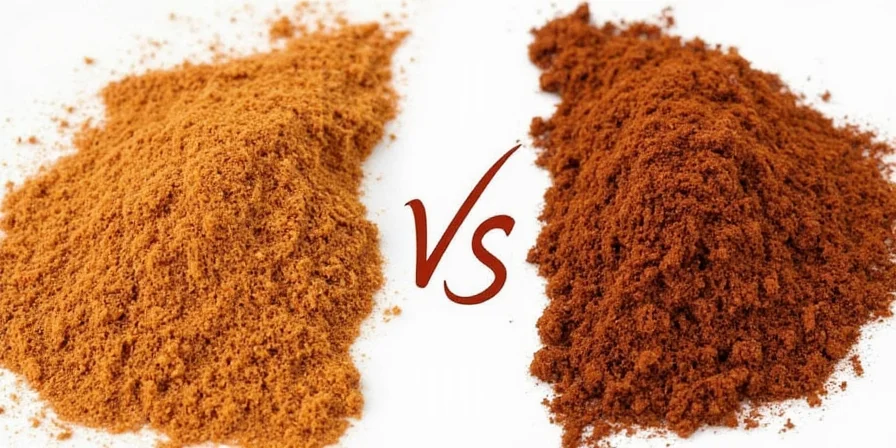
Health Implications: Why the Coumarin Difference Matters
The coumarin content distinction represents the most critical difference between these cinnamon varieties. According to European Food Safety Authority guidelines, the acceptable daily intake of coumarin is 0.1 mg per kg of body weight. Saigon cinnamon's high coumarin levels (up to 6.3 g/kg) mean that just one teaspoon (approximately 2.5g) could exceed safe limits for many adults, potentially causing liver damage with regular consumption. Ceylon cinnamon's minimal coumarin content (0.017 g/kg) makes it the only variety suitable for daily use without health concerns.
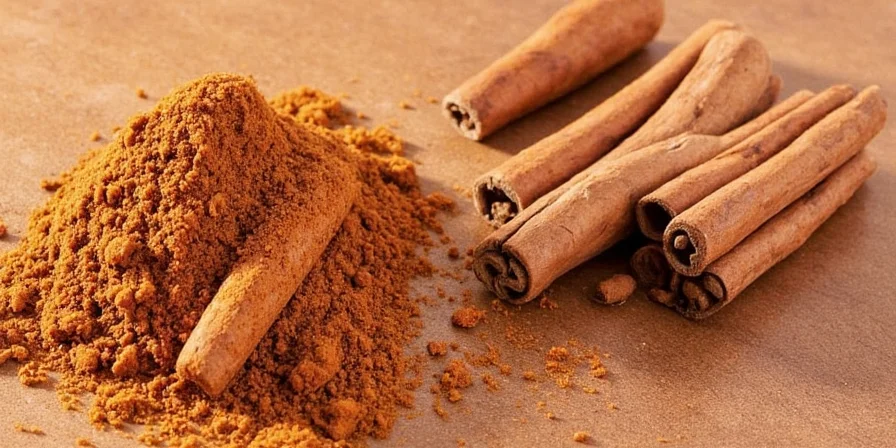
Culinary Applications Guide
Choosing the right cinnamon variety significantly impacts your dishes' final flavor profile and safety:
Daily Use & Delicate Dishes: Choose Ceylon
Use Ceylon cinnamon in recipes where subtle flavor is essential and daily consumption is expected:
- Oatmeal and breakfast cereals (daily use)
- French toast and delicate pastries
- Rice pudding and custards
- Hot beverages for children
- Any recipe where cinnamon isn't the dominant flavor
Special Occasion Bold Flavors: Choose Saigon
Reserve Saigon cinnamon for recipes requiring intense flavor where usage is infrequent:
- Mulled wine and spiced cocktails
- Snickerdoodle cookies (occasional baking)
- Meat rubs for special occasions
- Traditional chai blends (used sparingly)
- Recipes where cinnamon is the star flavor
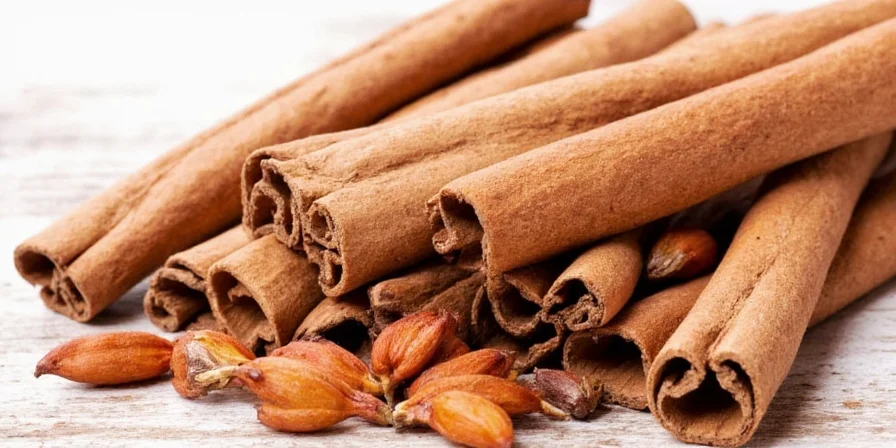
How to Identify Ceylon vs Saigon Cinnamon
When shopping, use these reliable identification methods:
| Identification Method | Ceylon Cinnamon | Saigon Cinnamon |
|---|---|---|
| Physical structure | Multiple paper-thin layers that roll easily | Single thick, rigid stick that cracks when bent |
| Color | Light tan to pale reddish-brown | Dark reddish-brown to deep rust |
| Aroma | Subtle, sweet, with citrus notes | Intensely spicy, almost medicinal scent |
| Labeling clues | "Ceylon," "True Cinnamon," "Cinnamomum verum" | "Vietnamese," "Saigon," "Cassia," no specific variety listed |
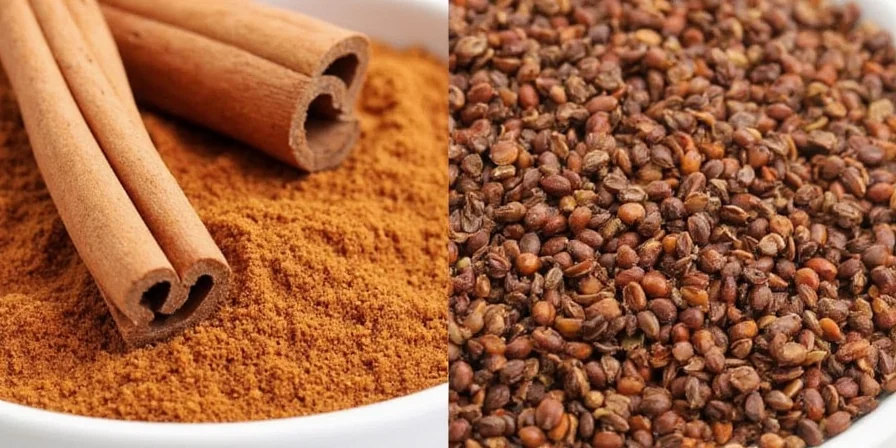
Purchasing Guidance and Sustainability Considerations
When selecting cinnamon, prioritize these factors for quality and ethical sourcing:
- Label transparency: Look for specific variety identification (Ceylon vs Saigon)
- Certifications: Choose Fair Trade or organic certified products when possible
- Sourcing ethics: Ceylon production supports Sri Lankan smallholder farmers through traditional harvesting methods
- Storage: Keep in airtight containers away from light; sticks maintain potency for 2-3 years
Expert Recommendation for Home Kitchens
Based on health considerations and culinary versatility, maintain both varieties in your spice collection with this strategic approach:
"For daily cooking and health-conscious households, Ceylon cinnamon should be your primary choice due to its safety profile. Reserve Saigon cinnamon for special occasion recipes requiring intense flavor, using it sparingly to avoid exceeding safe coumarin limits."
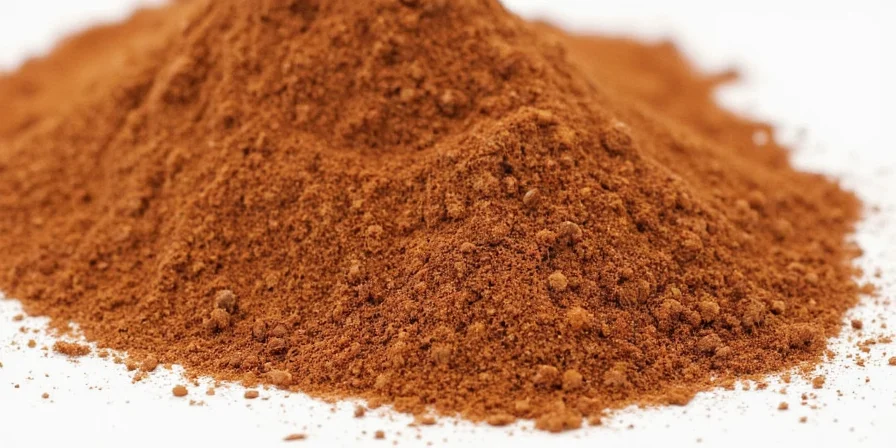
Frequently Asked Questions
What's the maximum safe daily amount of Saigon cinnamon?
The maximum safe daily amount is under 1 teaspoon (approximately 2.5 grams) due to high coumarin content. Individuals with liver conditions should avoid Saigon cinnamon entirely. Ceylon cinnamon has no established daily limit for healthy adults, making it preferable for regular use.
Can I substitute Ceylon for Saigon cinnamon in recipes?
Yes, but with adjustments. Use 1.5-2 times more Ceylon to match Saigon's intensity in robust recipes. For delicate dishes like custards or daily breakfast foods, Ceylon works perfectly without substitution. In spice-heavy recipes like chai, consider using a blend of both for balanced flavor and safety.
Why does Ceylon cinnamon cost more than Saigon?
Ceylon requires labor-intensive hand harvesting of multiple thin bark layers, yielding less product per tree. Its production is centered on smallholder farms in Sri Lanka using traditional methods. Saigon's thicker bark allows mechanical harvesting in Vietnam's large-scale plantations, resulting in higher yields and lower production costs.
Does the coumarin content affect cinnamon's flavor?
No, coumarin itself has minimal flavor impact. The flavor differences stem from varying levels of cinnamaldehyde and other compounds. Ceylon's lower coumarin is coincidental to its milder flavor profile, not the cause. Both varieties lose potency equally over time regardless of coumarin content.

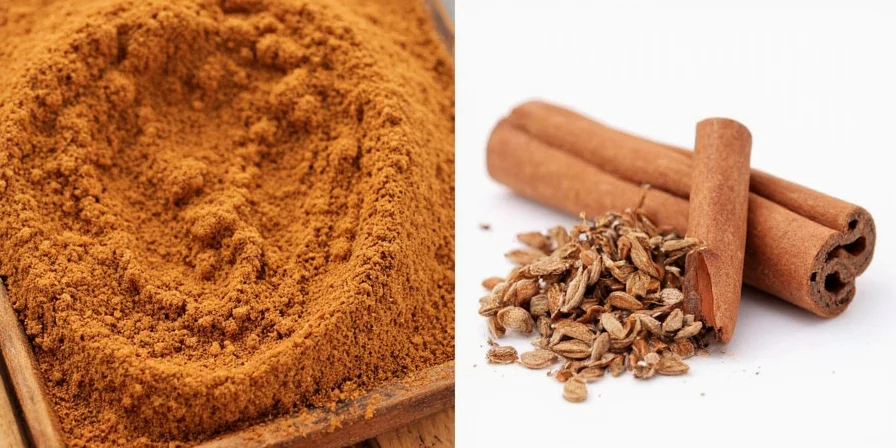









 浙公网安备
33010002000092号
浙公网安备
33010002000092号 浙B2-20120091-4
浙B2-20120091-4